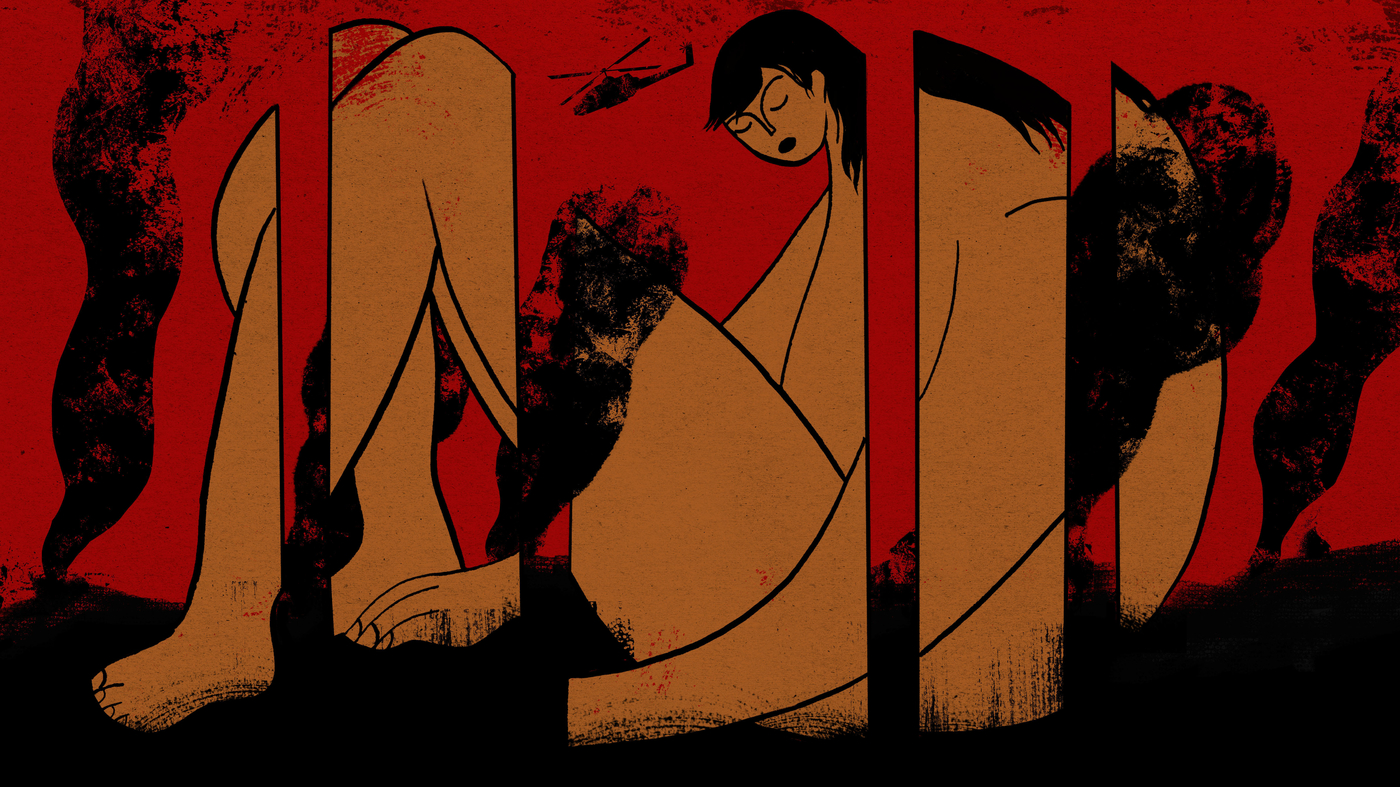The use of sexual violence as a weapon in conflict is as old as the Bible – Deuteronomy 21 states that a victor in battle who “hast a desire” for a “beautiful woman” among the captives can “bring her home to thine house.”
And it is as timely as the current conflicts raging around the globe in 2024: In the Middle East, in Ukraine, in Ethiopia, in Haiti and in many other countries.
Yet despite its long history as part of conflicts, sexual violence is often not reported because of the trauma and shame it brings to survivors, their families and their wider communities.
There has also been reticence among various authorities to speak out. Only in modern times, in the 1990s when wars broke out in Rwanda and Yugoslavia, did the United Nations begin to recognize sexual violence as more than just an unfortunate byproduct of conflict but a category of war crime, leading to more prosecutions in international criminal tribunals for each war.
The specific term “conflict-related sexual violence,” or CRSV, was first introduced in 2000 when the United Nations Security Council issued a resolution that launched the Women, Peace and Security Agenda.
The U.N. defined the term as “rape, sexual slavery, forced prostitution, forced pregnancy, forced abortion, enforced sterilization, forced marriage and any other form of sexual violence of comparable gravity perpetrated against women, men, girls or boys that is directly or indirectly linked to a conflict.”
Last week, a U.N. team arrived in Israel to investigate reports of widespread sexual violence during the Hamas led assault on southern Israel on Oct. 7, attacking people in the streets, in their homes and at an outdoor music festival. Some critics have cast doubt on these allegations.
NPR spoke about the issue of conflict-related sexual violence with Cochav Elkayam-Levy, an Israeli human rights lawyer who established and heads the Commission on Oct. 7 Crimes by Hamas Against Women and Children; Dr. Ranit Mishori, senior medical…
Read the full article here

Leave a Reply